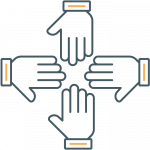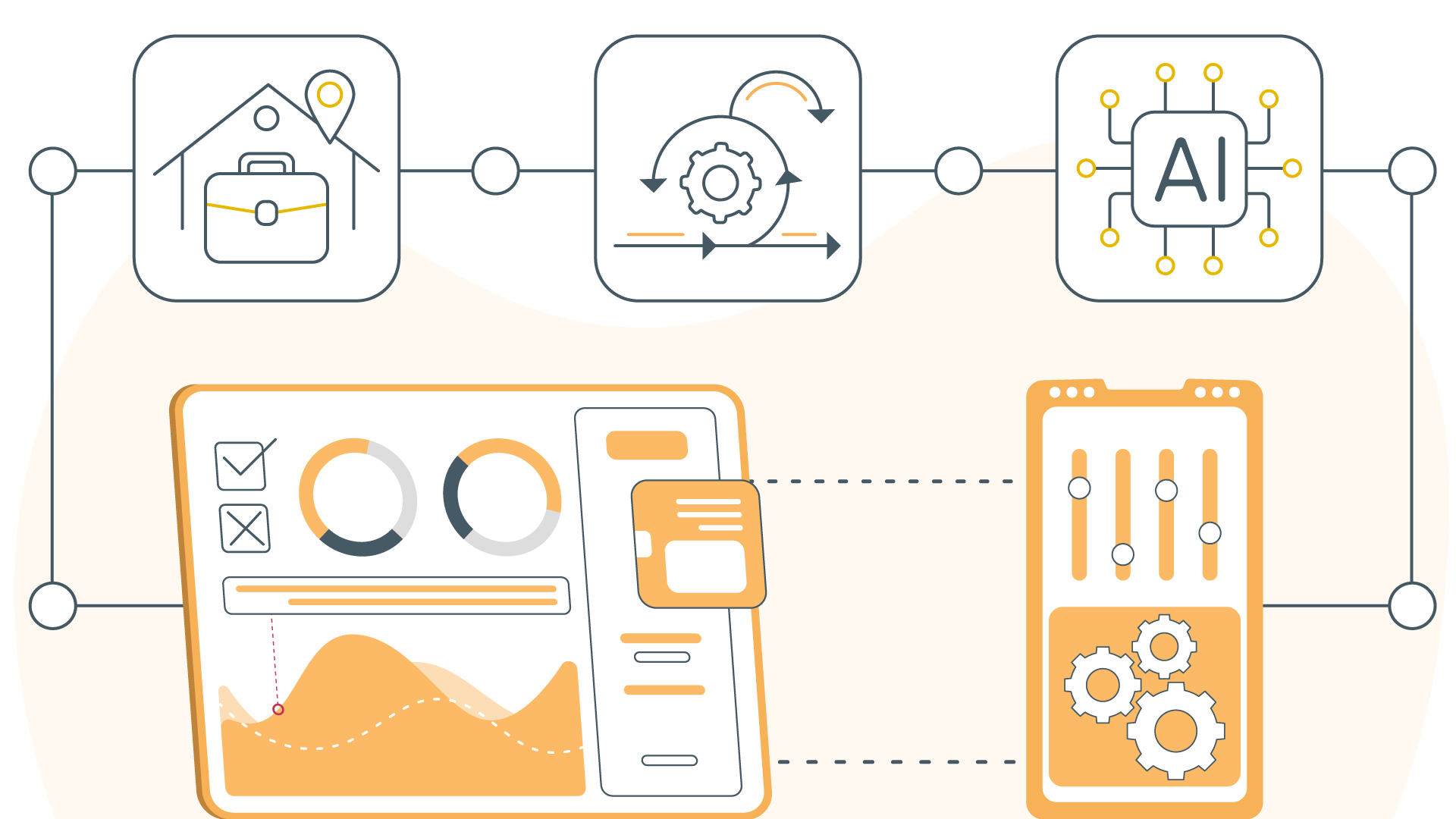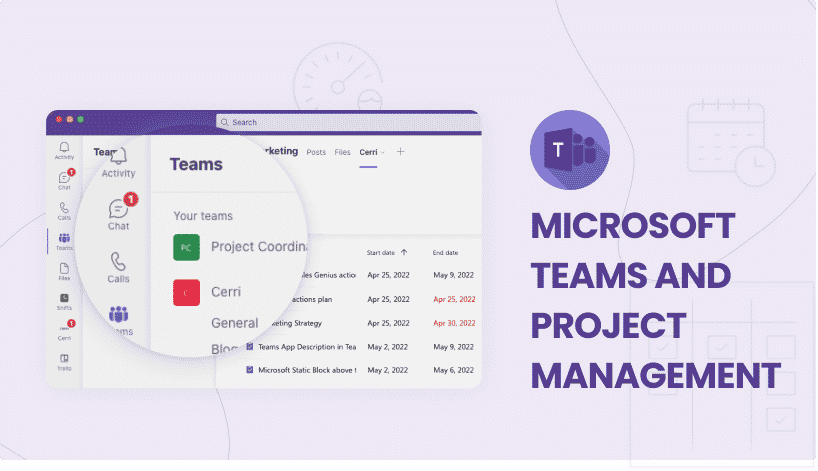Blog
Cross-Functional Collaboration: Powering Product Development

In the fast-paced world of product development, there’s one denominator that can truly supercharge your team’s innovation engine: cross-functional collaboration. Unlike the traditional siloed approach, this dynamic strategy connects departments that may not always see eye-to-eye, fostering an environment of shared knowledge, streamlined processes, and accelerated results. And in industries like manufacturing, cross-functional collaboration becomes especially critical. Whether you’re a seasoned product manager or a fledgling project coordinator, mastering the art of collaboration can redefine your career and your company’s future.
Defining Cross-Functional Collaboration
Cross-functional collaboration involves professionals from different disciplines within an organization working together to achieve common goals. This type of teamwork can take on different forms based on its purpose and structure.
- Project-Based Teams: These are temporary groups formed for specific projects, disbanding upon completion of their objectives.
- Permanent Teams: Contrasting project-based teams, these are ongoing and support continuous interdepartmental coordination.
- Task Forces: These teams are convened to address particular challenges or business opportunities, bringing together expertise to solve complex issues.
- Committees: Often longer-term than task forces, committees handle ongoing responsibilities that require cross-departmental oversight.
Embedding this collaborative framework into the fabric of an enterprise can streamline processes, leading to innovative breakthroughs and operational efficiency.
Benefits of Cross-Functional Collaboration:
Cross-functional teams bring diverse expertise and viewpoints, leading to tangible advantages for organizations. This enhances team dynamics and boosts the company’s bottom line.

1. Accelerating Product Innovation:
- Diverse Skill Sets and Perspectives: Combining different viewpoints from various departments can lead to breakthroughs in product design and development.
- Multidisciplinary Insights: Teams with varied backgrounds provide a well-rounded assessment of ideas and solutions, expediting the innovation process.

2. Enhanced Problem-Solving Capabilities:
- Collective Expertise: Cross-functional teams can solve problems that may stump a single department through combined intelligence.
- Multidimensional Analysis: Access to varied viewpoints allows teams to anticipate and mitigate a wider range of potential product challenges.

3. Streamlining Communication for Swift Results:
- Enhanced Alignment and Team Spirit: Improved teamwork enhances collaboration, productivity, and fosters stronger communication and team unity.
- Establish Clear, Shared Goals: Teams understanding the overall product strategy and goals fosters unity and efficiency.
- Regular Cross-Departmental Meetings: Routine updates and check-ins stave off miscommunications and foster a cohesive team atmosphere.

4. Increased Agility and Adaptability:
- Faster Response to Market Changes: Teams that are in sync pivot with grace, responding to market feedback and changes.
- Improved Workflow: Well-synced teams with streamlined processes react more nimbly to the hurdles of product development, keeping projects on track.

5. Leveraging Cross-Functional Insight for Quality Excellence:
- Higher Product Quality:
-
-
-
- Diverse Input and Review: Products touched by multiple perspectives are stress-tested in myriad ways before reaching the market.
- Customer-Centric Development: Involving representatives from various departments ensures the end product meets a wide array of customer needs.
-
-
-
- Increased Customer Satisfaction:
-
-
-
- A Collaborative Touch: Products developed through teamwork reflect the pride and passion of the combined effort, resonating with customers.
- Faster Issue Resolution: Cross-functional teams discover and solve problems earlier in the development process, ensuring a smoother customer experience.
-
-
-
Strategies for Crafting a Collaborative Ecosystem
Discover how companies turn cross-functional collaboration into a core strategy. Uncover techniques to infuse your product development lifecycle with the power of cooperation, transforming your ideas into a roadmap for others to follow.

Regular Cross-Departmental Huddles: The Bedrock of Bonds
Institute a routine with cross-functional touch points. These are not just meetings; they are transformative missions where each department becomes a hero in a larger, shared narrative. Discussing challenges, mapping progress, and aligning goals are just a few of the gems that these forums can unearth. It’s also the perfect arena for celebrating small victories, reinforcing the team’s collaborative ethos.

Shared Platforms: The Communication Highway
Develop a central project management system that acts as a virtual headquarters for cross-functional teams. Through this platform, everyone has insights into the overall progress, individual responsibilities, and can engage in real-time discussions. It’s not just about visibility; it’s about co-living the project’s pulse, no matter which function you hail from.

Cultivate a Climate of Cross-Functional Respect
In the garden of growth, mutual respect is the soil from which collaboration thrives. Train department heads on the benefits of cross-functional input. Run workshops that shed light on the often dimly perceived roles in other departments, forging an integrated landscape where every voice carries equal weight.

Engage in Experiential Learning
Sometimes, the most profound lessons are learned outside the office. Engage in role-reversal activities or off-site retreats that enable team members to step into each other’s shoes. These immersive experiences help in gaining a deep appreciation for the intricacies and values of varied roles.

Chart Clear Goals and Metrics
A collaborative utopia is not built on good intentions alone. Set crystal clear objectives that necessitate cross-functional cooperation for fulfilment. Align these goals with KPIs that measure not just the outcome, but the collaborative process itself. As the saying goes, ‘what gets measured, gets managed’.

Future-Proofing Product Development With Collaborative Tools
As digital transformation continues to reshape our working environments, the tools we use to facilitate collaboration are evolving at a rapid pace.
Evolving Collaboration: Trends to Watch
- The Rise of Remote Teams: As telecommuting becomes more common, tools for remote collaboration become mission-critical.
- Agile and Data-Driven: Agile methodologies and data steering are not just for project managers but permeate the very essence of product development strategy.
- Advanced Tools and Technologies: AI and machine learning are not just buzzwords; they’re becoming critical for predictive insights and improved efficiency in collaboration.
- Eco-Friendly Innovation: With sustainability at the forefront, cross-functional teams are driven towards greener products, often requiring innovative approaches.
Product development through cross-functional collaboration is not a revolution; it’s an evolution. As we look to the future and the myriad challenges and opportunities that await, it’s clear that those who can harness this synergy effectively will be the ones to define the next chapter of innovation. So, to cross-functional teams everywhere, continue to unite your diverse talents, communicate openly and efficiently, and let the quality of your products reflect the vast depths of your collaboration. Your customers—and the future—depend on it.
Conclusion: The Future is Collaborative
For product managers and team leaders, the critical path forward is evident: collaboration breeds innovation, amplifies efficiency, and fortifies market positioning. Manufacturers that embrace and institutionalize cross-functional collaboration will be the ones to set the pace for the industry’s future. By fostering an environment rich in open communication, shared decision-making, and a culture of mutual support, organizations can push the boundaries of product development and, in doing so, elevate their standing in the market.
In a world where the only constant is change, the ability to adapt and collaborate across functions is the not-so-secret ingredient that propels businesses from simply surviving to truly thriving in a competitive landscape. With the right strategy, tools, and mindset, manufacturers can turn what might have been a noise-filled discord of departments into a precision-orchestrated, value-creating symphony of success.






































































 Task Management
Task Management 

















 Customization
Customization
